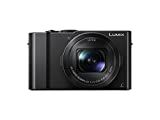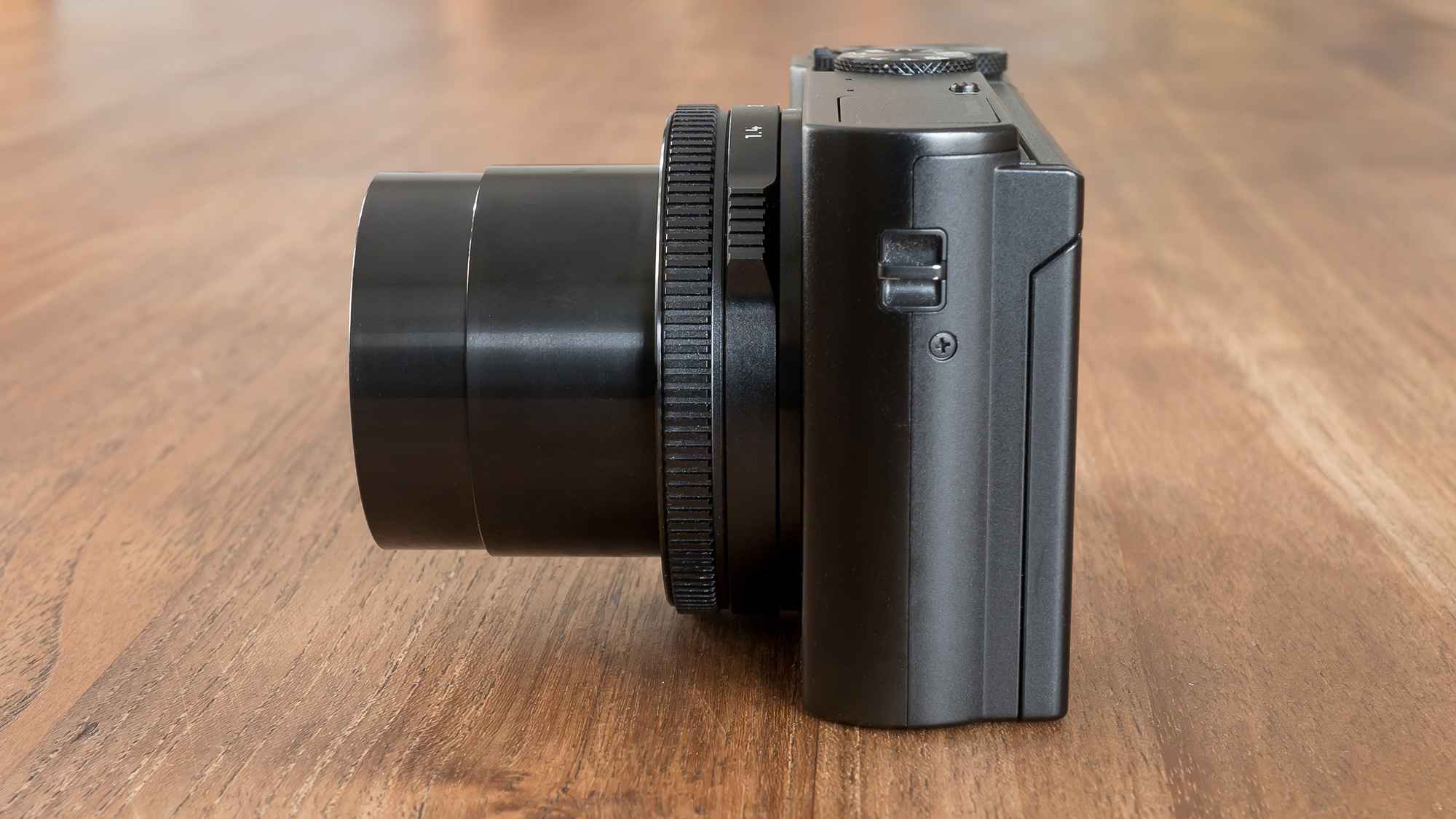One-inch sensors are the best thing to happen to compact cameras in a long time. They’re about four times larger than those used in smartphones and cheap compact cameras and that means a big boost for image quality. They’re not as big as SLR sensors, but cameras like the Panasonic LX15 make up for it with their wide-aperture zoom lenses.
The result is a camera that can capture more light than many SLRs equipped with a kit Lens. Why is this a good thing? More light can be measured more accurately, which means better image quality. There are other things that affect image quality, but as a general rule this is the most important and it's why such cameras are so much better than cheap compacts and smartphones.
The LX15 isn’t the first Panasonic camera to use a 1in sensor, but it’s the first to go head-to-head with the Sony RX100 series. The latest Sony RX100 V is a tour de force with outstanding image quality, equally impressive 4K videos, superb slow motion modes, jaw-dropping 24fps burst performance and a high-quality electronic viewfinder. However, £1,000 is a painful amount to spend on a compact camera. It’s telling that Sony continues to sell all five iterations of the RX100, with prices starting at £350 for the original model that first appeared in 2012.


READ NEXT: The best compact, CSC and DSLR cameras of 2017 – our favourite snappers
For me, the Canon G7 X Mark II is the camera this Panasonic must aspire to beat. It omits a viewfinder, 4K video and slow motion but its 24-100mm (4.2x) zoom is more versatile than the Sony’s 24-70mm (2.9x), the touchscreen and exposure compensation dial make it easier to use and the £550 price is much easier to swallow.
The Panasonic LX15's core specifications are closer to the Sony. Videos are recorded at resolutions up to 4K. Full HD 1080p videos are recorded at 100fps for 4x slow motion when played back at 25fps. That’s not as dramatic as Sony’s 250fps capture (it reaches even higher at reduced resolutions), but it still has the desired effect. The 24-72mm (3x) zoom is relatively modest, but for wide-angle shots, its f/1.4 aperture captures 66% more light than the others’ f/1.8 lenses. With all three cameras, the aperture narrows to f/2.8 at the long end of their zooms.

Other features are in line with the Canon. There’s no electronic viewfinder but there is a touchscreen. Continuous shooting hits 10fps, just ahead of Canon’s 8fps, and it costs £600, which is a good sight cheaper than the Sony RX100 V.
All three cameras are a similar size and weight, and while the Sony deserves some extra kudos for fitting an electronic viewfinder into its petite case, it’s not a feature I particularly missed while using this camera. Holding such a small camera up to your face just feels a bit weird. I’m much happier to find a touchscreen on the Panasonic LX15. It speeds up menu navigation and comes into its own when moving the autofocus point. The screen tilts up for shooting at waist level and folds right over for capturing selfies.
Panasonic finds room on the top plate for mode and command dials and there are lens rings for aperture control and manual focus – great news for those who like to use manual exposure settings. Buttons on the back access Panasonic’s proprietary 4K Photo and Post Focus modes, but these can be reassigned to more conventional functions such as ISO speed and autofocus mode. White balance, exposure compensation, drive mode and macro/manual focus have dedicated buttons, all of which are small and fiddly but that’s the price of such a small thing.
The 4K Photo mode is a welcome extra. It captures 4K video files at 30fps and lets you choose frames to save as 8-megapixel JPEGs after the event. Unlike regular video modes, though, you’re not limited to a widescreen aspect ratio. Meanwhile, Post Focus records a short video of the scene while sweeping through the focus. On playback, you can tap anywhere in the frame to see a shot with that area in focus, and then choose that frame to save. I’m not sure how often it’s likely to come in useful but it’s a fun trick that works extremely well. The LX15 also includes time-lapse and stop-motion animation modes with the latter automatically converting a sequence of photos into a 4K or 1080p video.
Panasonic LX15 review: Autofocus, performance and 4K video
The large sensor and wide-aperture lens give a shallow depth of field that really flatters portrait subjects but it also means that focusing errors are more noticeable. As such, it’s great to see face detection behaving so responsively, locking in on subjects’ eyes rather than just anywhere on the face. You can override this simply by tapping the screen and the autofocus area size can be adjusted by spinning the command dial.
Autofocus was extremely quick to lock onto subjects, helping the camera to capture a shot every 0.6 seconds in normal use. The 10fps burst mode lasted for 50 JPEGs before slowing to 5fps, while burst mode with continuous autofocus enabled was 6.3fps. The Sony RX100 V is superior in this respect but the LX15 is quick enough for most purposes and you can use the 4K Photo mode if you need more speed. The camera captured RAW photos at 9.3fps but in this mode, it lasted a mere 13 frames before slowing to 1.1fps.
I’m a big fan of 4K video, as the footage looks great on 1080p screens and will look even better in years to come when 4K screens are commonplace. The Panasonic LX15’s 4K footage is superb, although it isn't quite up to the Sony RX100 V’s standards. Details look a little over-sharpened and this accentuates noise. However, this slight disadvantage is overshadowed by the ability to move the autofocus point using the LX15’s touchscreen, a crucially important feature for video, that’s notably absent from the Sony RX100 V.
^ The touchscreen-controlled autofocus makes it easy to pick a part of the frame to focus on, and the 4K footage is top notch
For capturing 4K video, the LX15 uses an 8-megapixel crop of the 20-megapixel sensor, which saves the camera having to resize every frame. That means the 24-72mm effective focal length for photos translates to 36-108mm for 4K videos. Wide-angle’s loss is telephoto’s gain, however, and on balance I’d say this trade-off is welcome. There’s no optical stabilisation for 4K capture, or for slow-motion videos, but it is available for 1080p.
The 100fps slow-motion footage looks a little scruffy, I suspect because the camera is discarding pixels rather than resizing them to produce 1,920 x 1,080 frames from the 5,472 x 3,648-pixel sensor. Sony’s slow-motion footage looks crisper. However, while Sony’s slow-motion clips are recorded for four seconds, the Panasonic can keep recording for up to 30 minutes — should you have the urge to make a two-hour slow-motion video. Along with the timelapse and stop-motion modes, the Panasonic beats the Sony for video work.
^ 1080p capture at 100fps delivers 4x slow motion at 25fps











